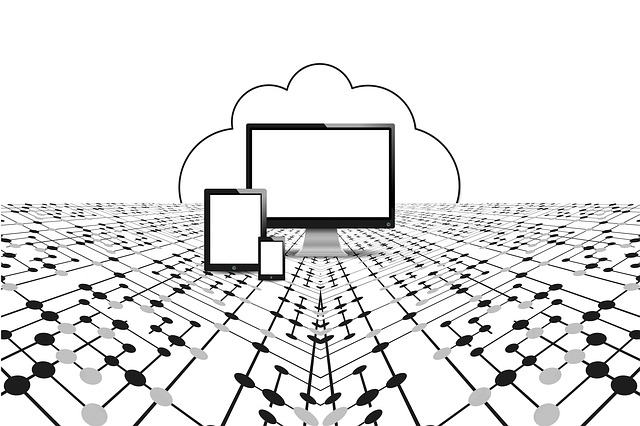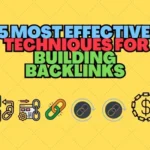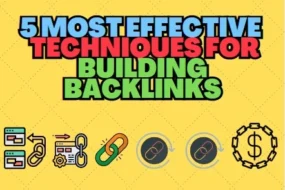
Imagine you’re the owner of a small software development firm and you want to scale your business up. However, with a small team size the unpredictability of demand and limited resources are roadblocks for this expansion that’s when you hear about cloud computing but before investing money into it. I would like to draw up the differences between on-premise and cloud-based computing to make a better decision. When it comes to scalability you pay more for an on-premise setup and get lesser options too once you’ve scaled up. It is difficult to scale down and often leads to heavy losses in terms of infrastructure and maintenance costs.
Cloud computing on the other hand allows you to pay only for how much you use with much easier and faster provisions for scaling up or down. Next, let’s talk about server storage on-premise systems need a lot of space for their servers notwithstanding the power and maintenance hassles that come with them.
On the other hand, cloud computing solutions are offered by cloud service providers who manage and maintain the servers saving you both money and space then we have data security on-premise systems offer less data. Thanks to a complicated combination of physical and traditional i.t security measures whereas cloud computing systems offer much better security and lets you avoid having to constantly monitor and manage security protocols in the event that a data loss does occur the chance for data recovery with on-premise setups are very small in contrast cloud computing systems have robust disaster recovery measures in place to ensure faster and easier data recovery, Finally we have maintenance on-premises systems also require additional teams for hardware and software maintenance loading up the costs by a considerable degree.
cloud computing systems on the other hand are maintained by the cloud service providers reducing your costs and resource allocation substantially. So now thinking that cloud computing is a better option you decide to take a closer look at what exactly cloud computing is all about.
Cloud computing refers to the delivery of on-demand computing services over the internet on a pay-as-you-go basis in simpler words rather than managing files and services on a local storage device. You’ll be doing the same over the internet in a cost-efficient manner cloud computing has two types of models deployment models and service models there are three types of deployment models public, private and hybrid cloud.
Imagine you’re travelling to work you’ve got three options to choose from the one you have buses which represent public clouds in this case the cloud infrastructure is available to the public over the internet these are owned by cloud service providers two then you have the option of using your own car. This represents the private cloud with the private cloud. Infrastructure is exclusively operated by a single organization this can be managed by the organization or a third party and finally, you have the option to hail a cab. This represents the hybrid cloud a hybrid cloud is a combination of the functionalities of both public and private clouds. Next let’s have a look at the service models there are three major service models available such as IaaS, PaaS, SaaS compared to on-premise models where you’ll need to manage and maintain every component including applications data virtualization and middleware. Cloud computing service models are hassle-free is refers to infrastructure as a service. It is a cloud service model where users get access to basic computing. The infrastructure they are commonly used by administrators. if your organization requires resources like storage or virtual machines is the model for you only have to manage the data runtime middleware applications at the OS while the rest is handled by the cloud providers.
Next, we have pass or platform as a service that provides cloud platforms and runtime environments for developing testing and managing applications. This service model enables users to deploy applications without the need to acquire manage and maintain the related architecture. If your organization is in need of a platform for creating software applications pass is the model for you pass only requires you to handle the applications and the data the rest of the components like runtime middleware operating systems servers’ storage and others are handled by the cloud service providers.
Finally, we have software as a service that involves cloud services for hosting and managing your software applications. Software and hardware requirements are satisfied by the vendors so you don’t have to manage any of those aspects of the solution.
If you’d rather not worry about the hassles of owning any IT equipment the SaaS model would be the one to go with. Does the cloud service provider handle all components of the solution required by the organization time for a quiz now in which of the following deployment models are you as the business responsible for the application data and operating system?







